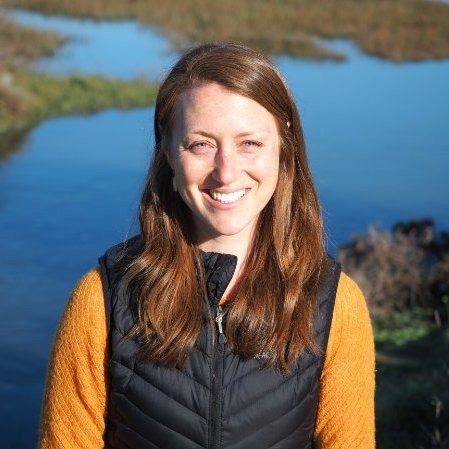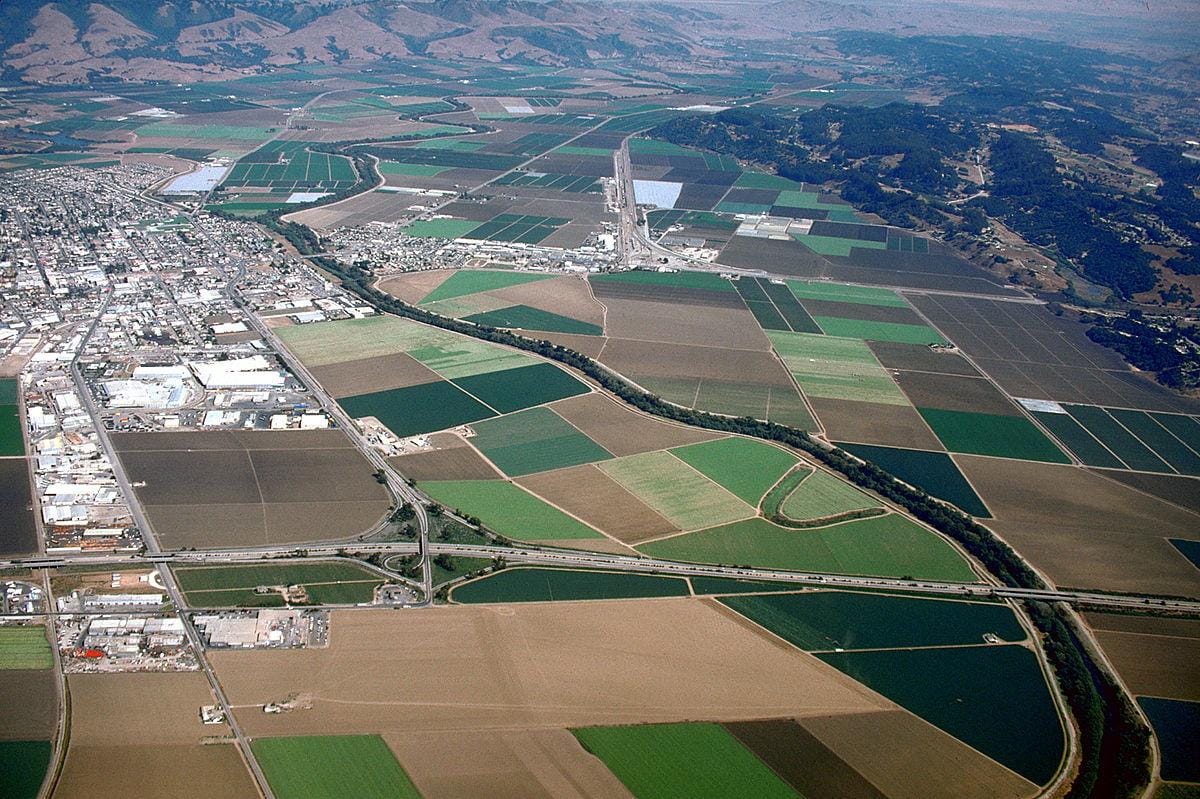The Section 1122 Strategic Shallow Water Placement Pilot Project pilots a novel approach to beneficially reusing dredged material for mudflat and salt-marsh resilience to sea level rise in the San Francisco Bay. Strategic shallow water placement is where sediment dredged from a federal navigation channel is deposited at a shallow location adjacent to a mudflat or tidal marsh so that natural hydrodynamic and morphodynamic processes can move the sediment onto the mudflat and marsh.
In the San Francisco Bay area, the current paradigm of Beneficial Use of Dredged Material (BUDM) is to place material directly on subsided Baylands to raise site elevations to adjacent marsh plains, thereby supporting rapid development of tidal marsh vegetation and habitat. Subsided restoration sites that are breached without raising site elevations are projected to take 60–75 years to develop into tidal marsh. BUDM can cut development time down to 10–15 years. This is important because restored marshes breached without sediment supply may not accrete fast enough to respond to future rates of sea level rise. Direct placement is a necessary tool for subsided Baylands, but it can be cost-prohibitive and infeasible due to access issues from both the Bay-side (too shallow) and the land-side (bank stability, concerns about habitat and wildlife impacts). Given these constraints, additional tools need to be tested for BUDM in the San Francisco Bay area. Strategic placement methods that utilize natural processes could drive tidal marsh development in areas that are not suitable for direct placement. This pilot project explores the application of passive marsh augmentation for BUDM in San Francisco Bay. The Environmental Assessment can be found on the San Francisco District Website.

Ecological Benefits
San Francisco Bay’s historical mudflats and marshlands have long provided habitat for California’s native species. Strategic placement operations sustain these coastal wetlands by using natural processes to transport sediment and provide nourishment for long-term wetland restoration efforts. By analyzing tidal forces in the Bay, the San Francisco District determined optimal locations to place dredged material to provide sustainable and effective rehabilitation for wetlands at risk of inundation because of sea level rise.
Social Benefits
Strategic shallow water placement for dredged material utilizes a nature-based approach to flood risk management for some of California’s most vulnerable coastal communities. Building up the San Francisco Bay’s historical mudflats and marshlands creates natural barrier systems that can mitigate the effects of sea level rise and protect key infrastructure from tidal forces during storm events. Sustaining wetlands will protect communities from coastal storm damages while also improving recreational spaces along the waterfront.
Economic Benefits
Shallow water strategic placement supports a cost-effective innovative approach to dredging operations in the San Francisco Bay. The San Francisco District conducts necessary dredging operations throughout the San Francisco Bay to maintain federal navigation channels and ensure robust maritime commerce. Utilizing strategic placement of dredge material reduces project costs and supports habitat restoration efforts throughout the region. Placing dredge material in nearshore shallows of San Francisco Bay where tidal forces will naturally replenish targeted wetlands will increase flood protection measures for coastal communities and municipal structures along the San Francisco Bay coastline.
The Implemented Project
In December 2023, approximately 90,000 CY of sediment was dredged from the Port of Redwood City, light-loaded into shallow-draft scows (1,600 CY and 300 CY capacity), pushed by tugboat to the selected placement site offshore of Eden Landing and Whale’s Tail Marsh, and was deposited in 169 loads in 9-12 feet of absolute water depth. The placement site was selected using hydrodynamic and sediment transport modeling to determine optimal locations for sediment deposition to promote healthy coastal ecosystems within the SF Bay.

This project includes robust, ongoing monitoring protocols using appropriate methods and techniques to determine sediment deposition and impacts from strategic placement. Waves, currents, salinity, and suspended sediment concentration (SSC) were monitored in the region of the placement area, and preliminary results suggest that placement increased SSC for short periods, without exceeding levels that occur naturally. Repeat bathymetric mapping indicates multiple sediment mounds of varying size with height and volume gradually decreasing over time. Additional monitoring efforts include eelgrass surveys, benthic community surveys, and a tracer study.

The results of this pilot project, anticipated to be published in 2025, will provide a better understanding of the following:
- the scale of sediment deposition post-placement at the placement site, on the intertidal mudflat, and on the adjacent tidal marsh;
- the wind, wave, and sediment flux conditions pre- and postplacement across the interconnected subtidal-mudflat-marsh complex;
- the impacts to benthic (i.e., Bay bottom) habitats, and communities;
- the spatial extent of the effect zone;
- the temporal scale of disturbance and recovery time; and,
- whether there will be any detrimental impacts to eelgrass beds, oyster beds, or similar environmental resources.










